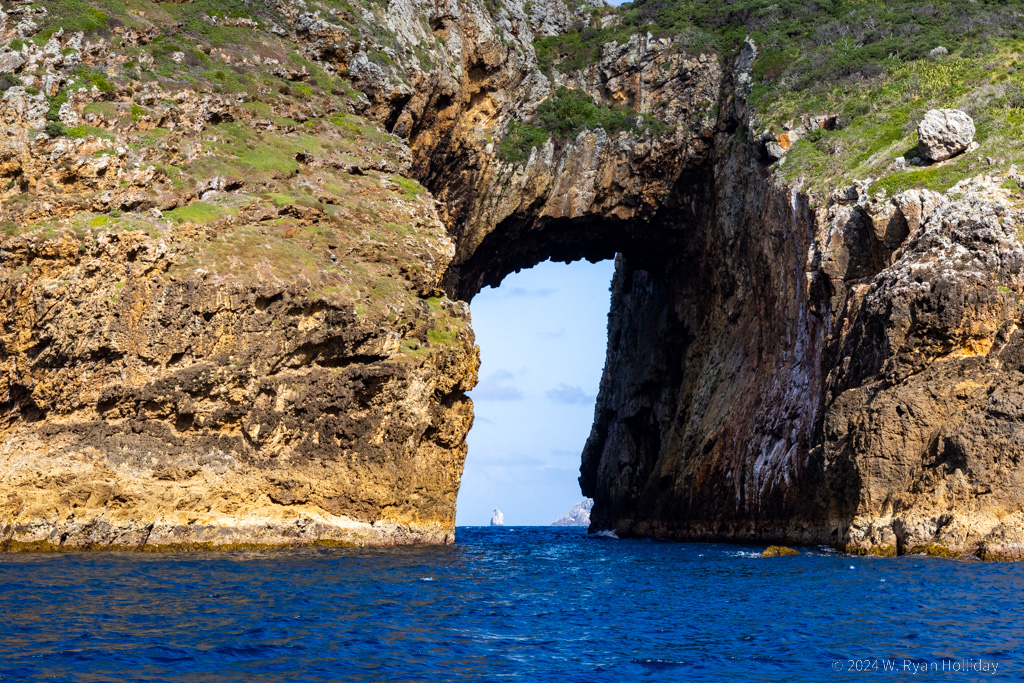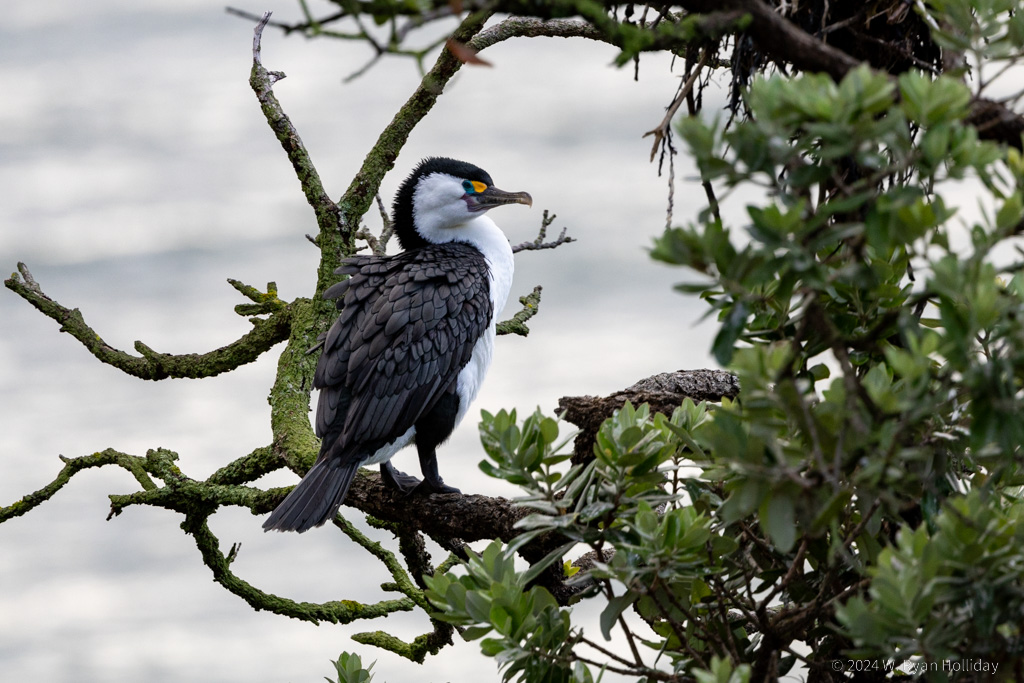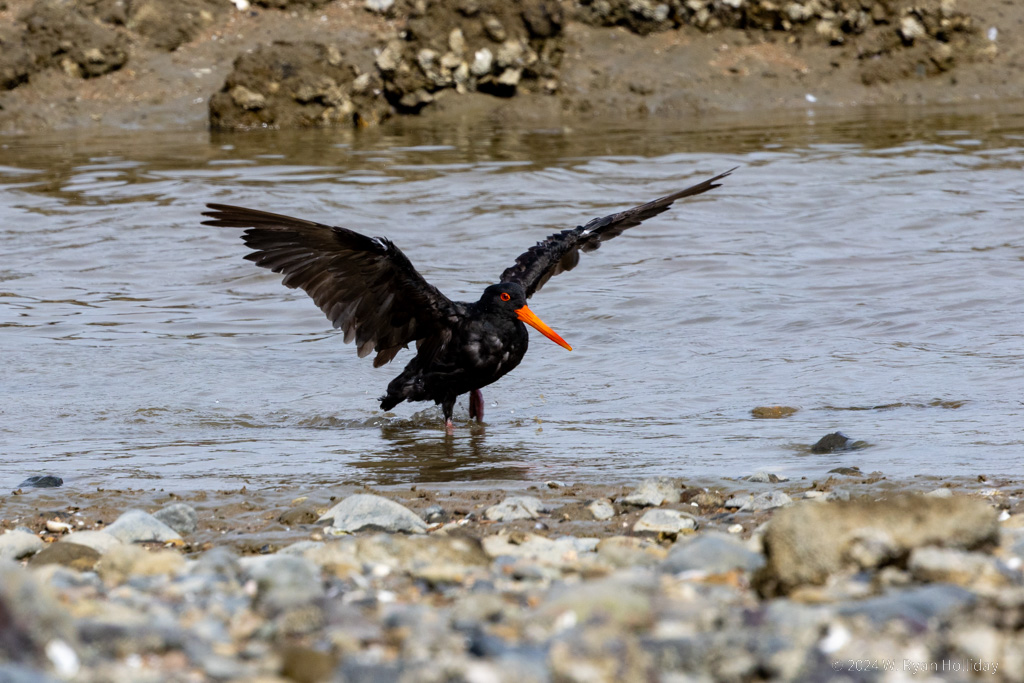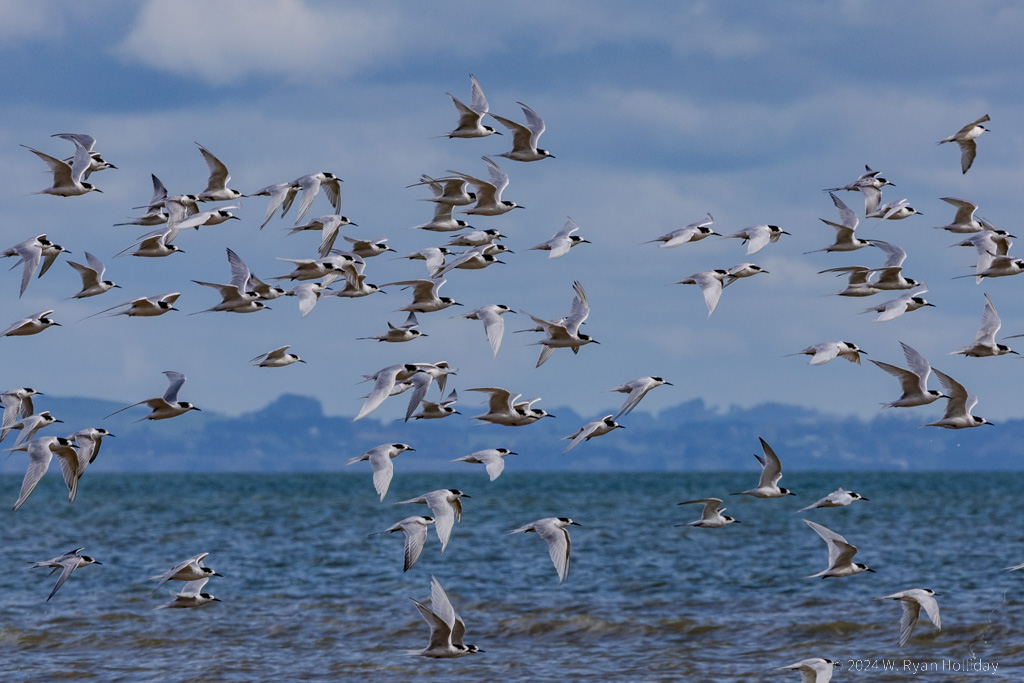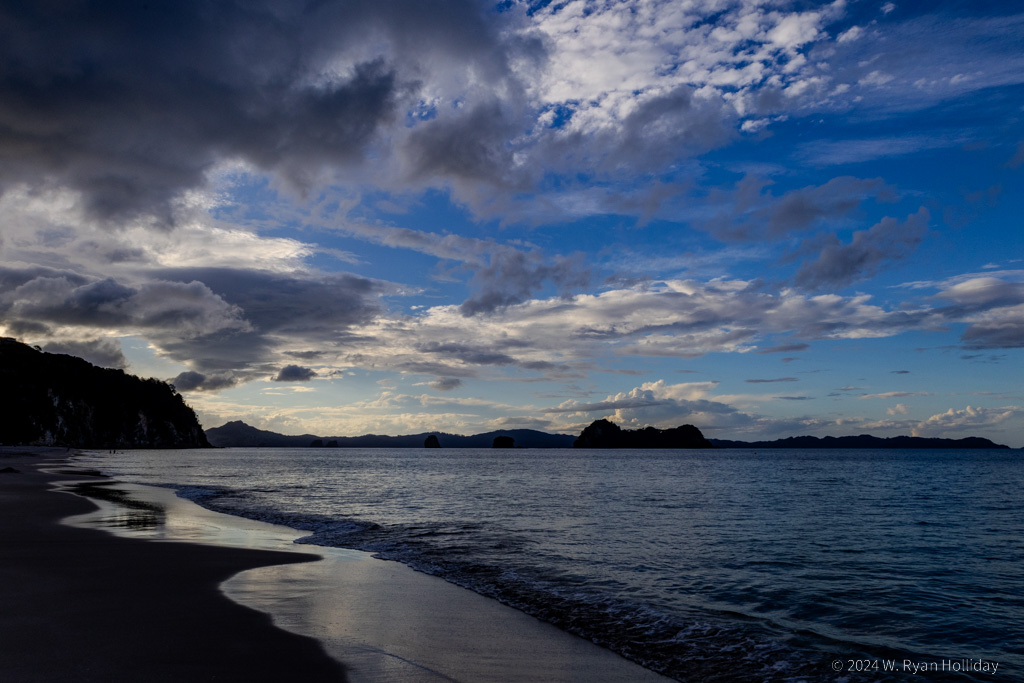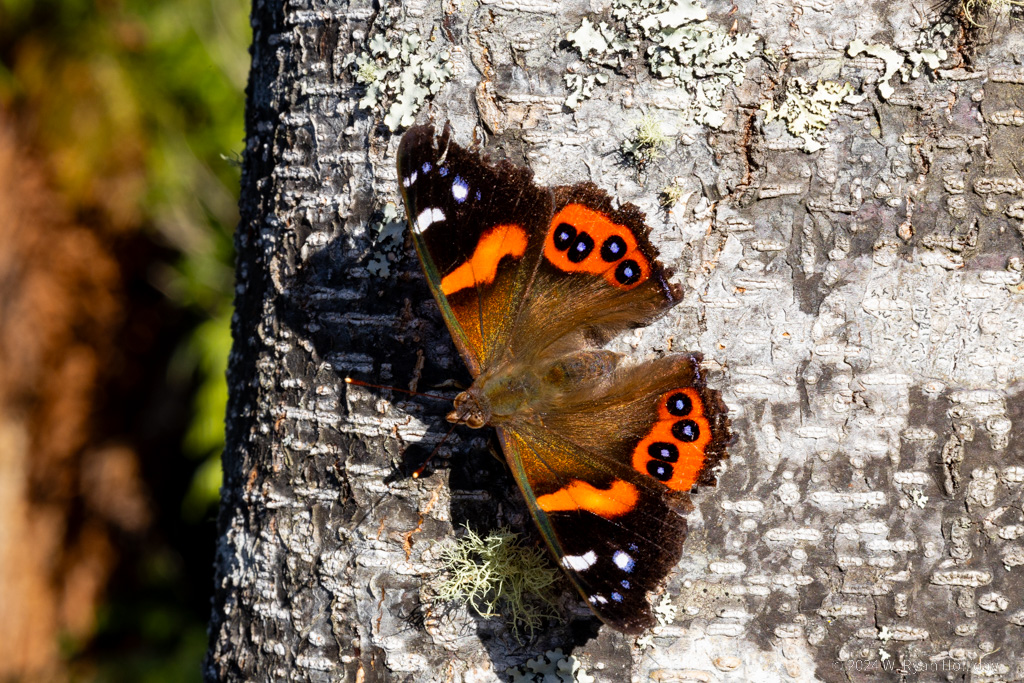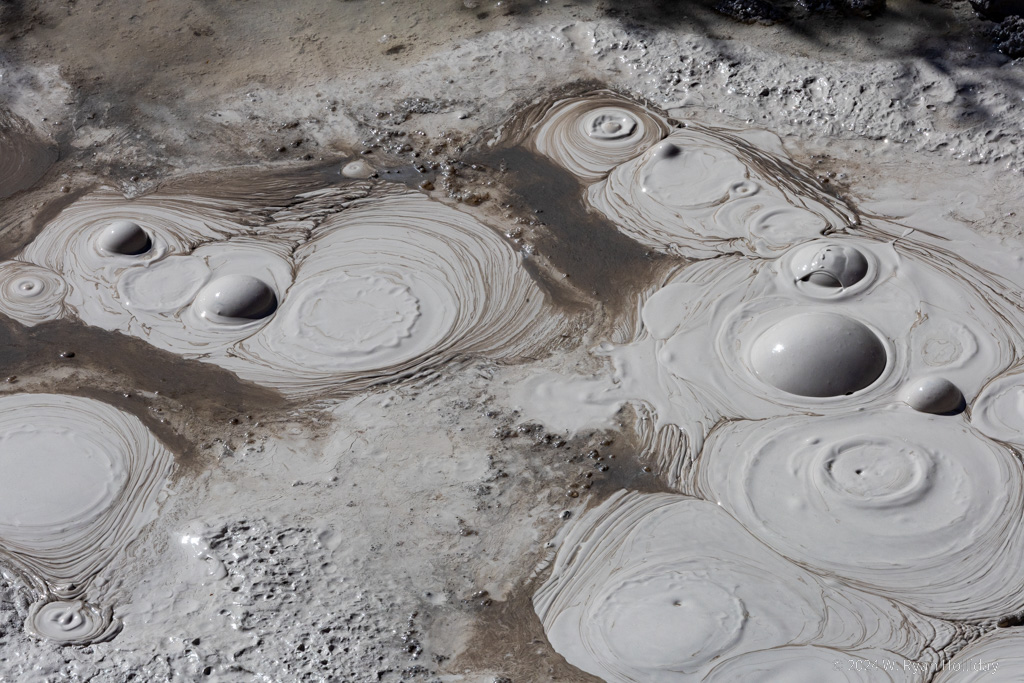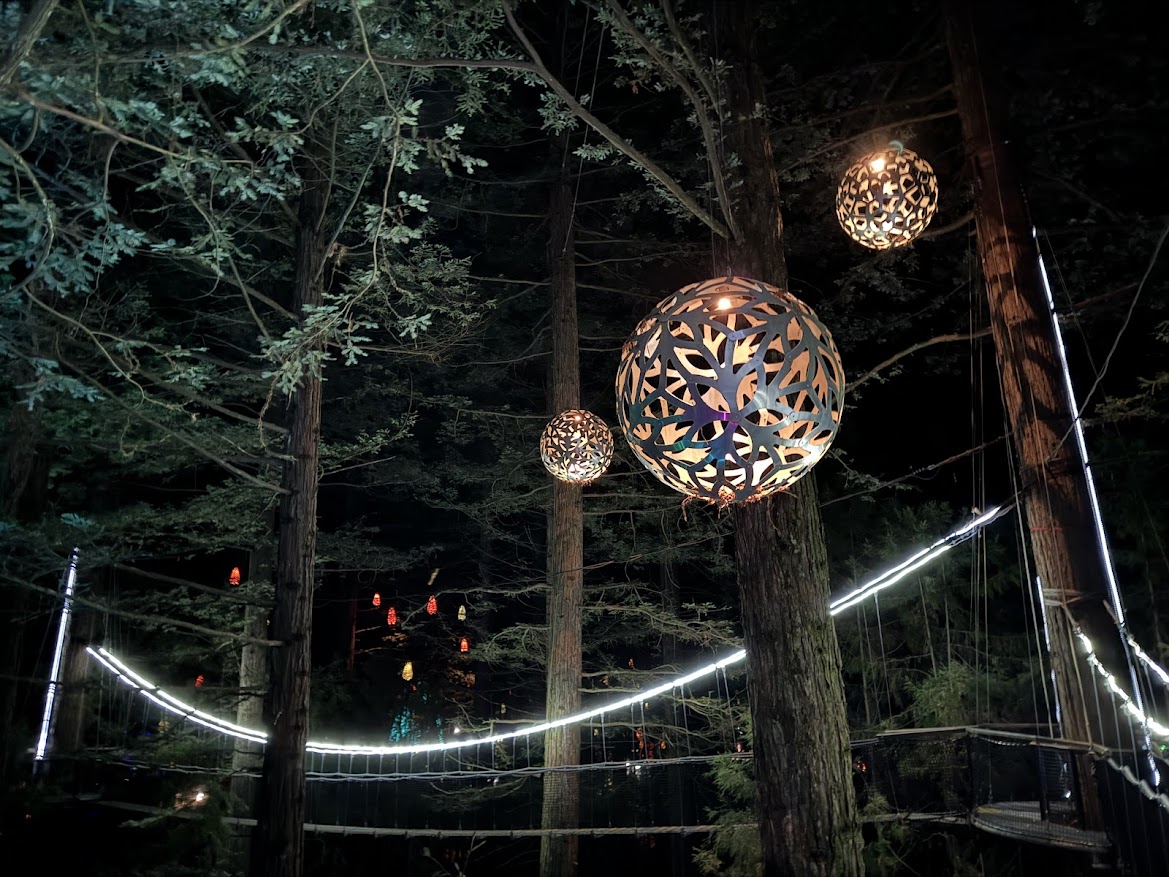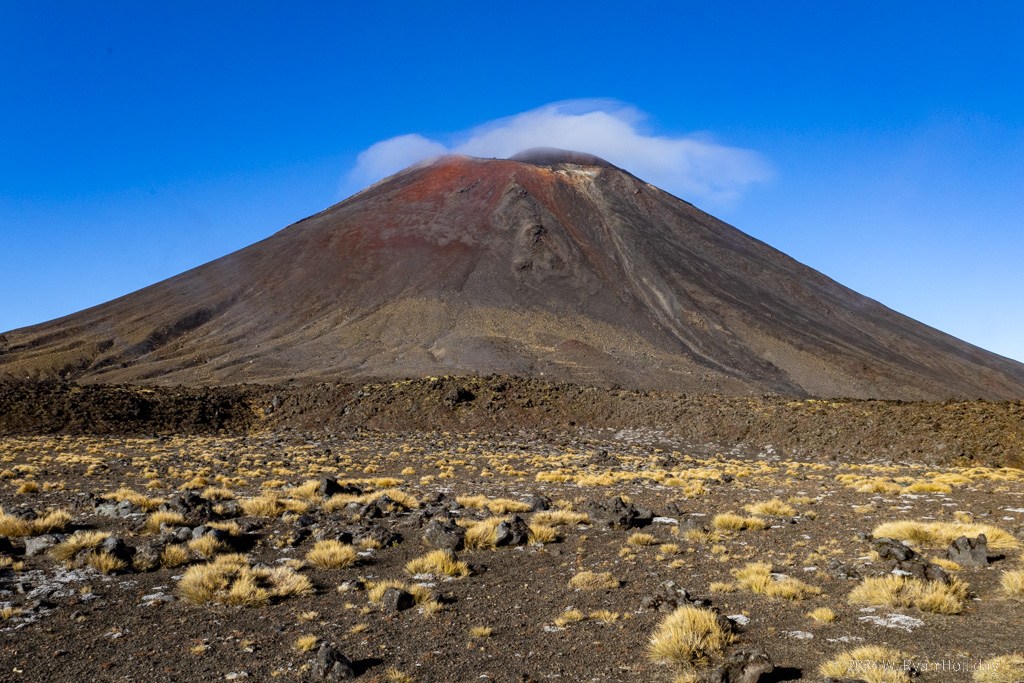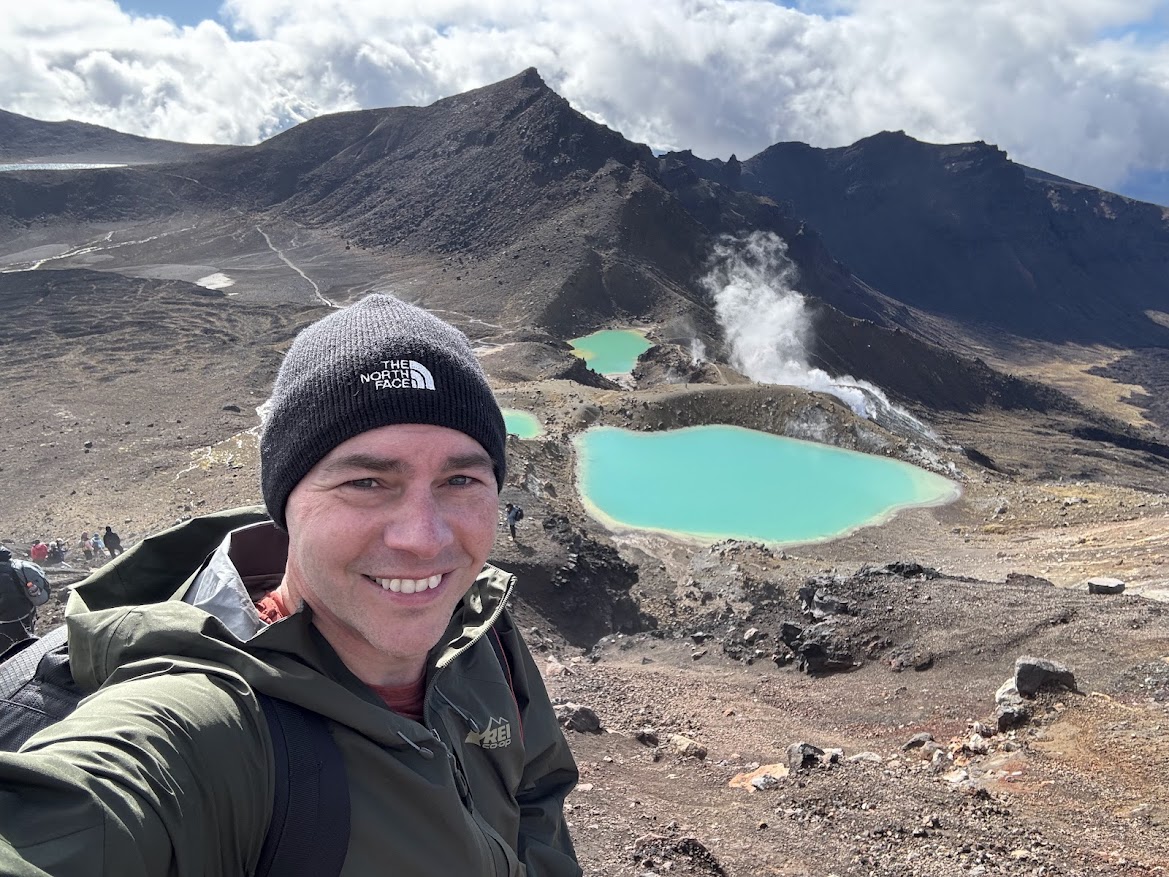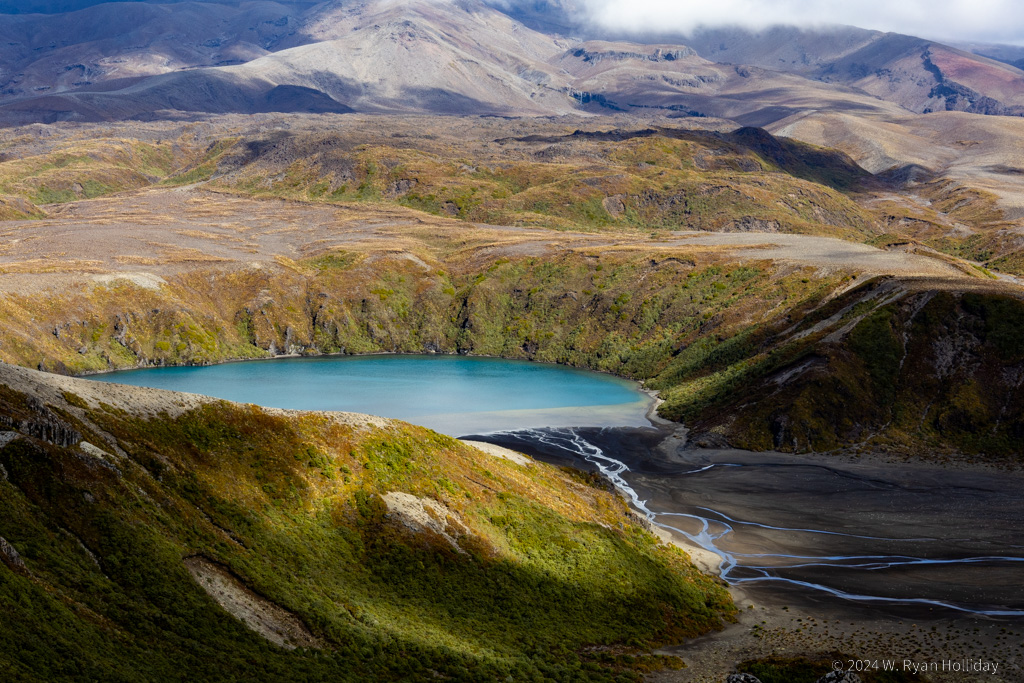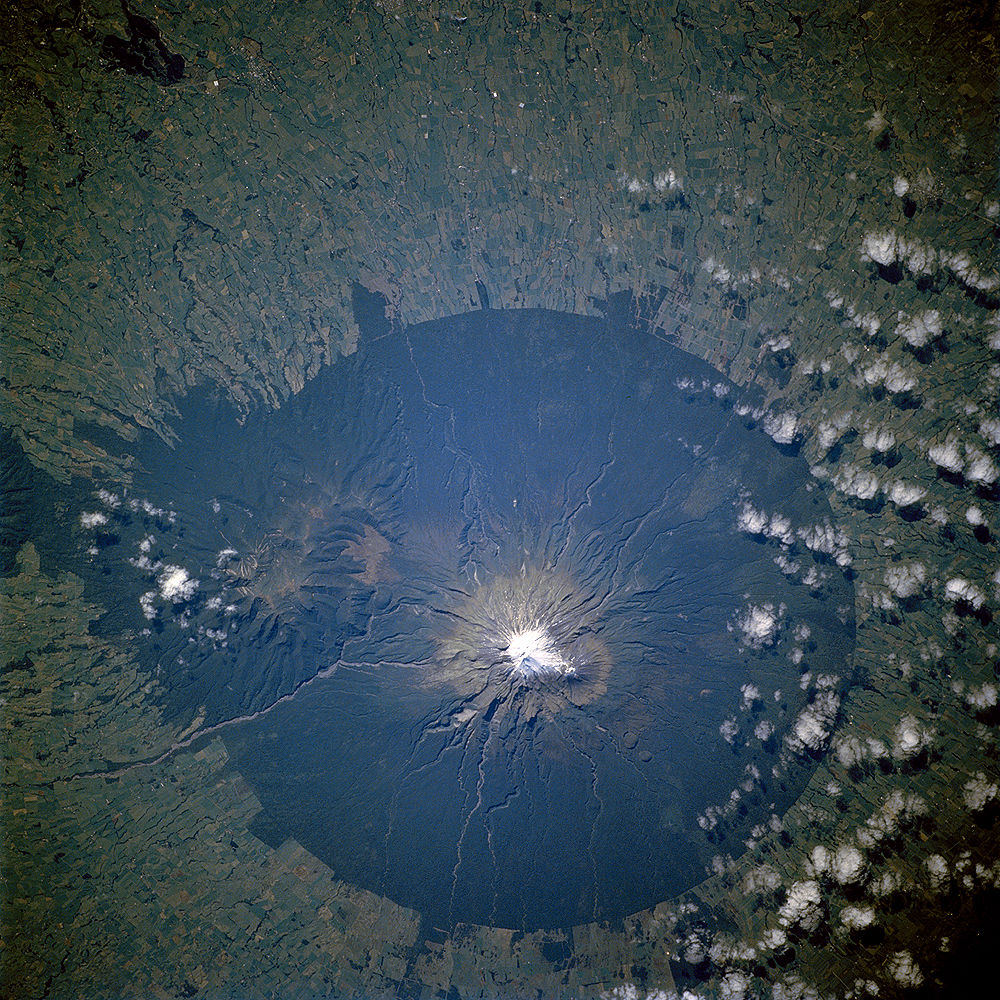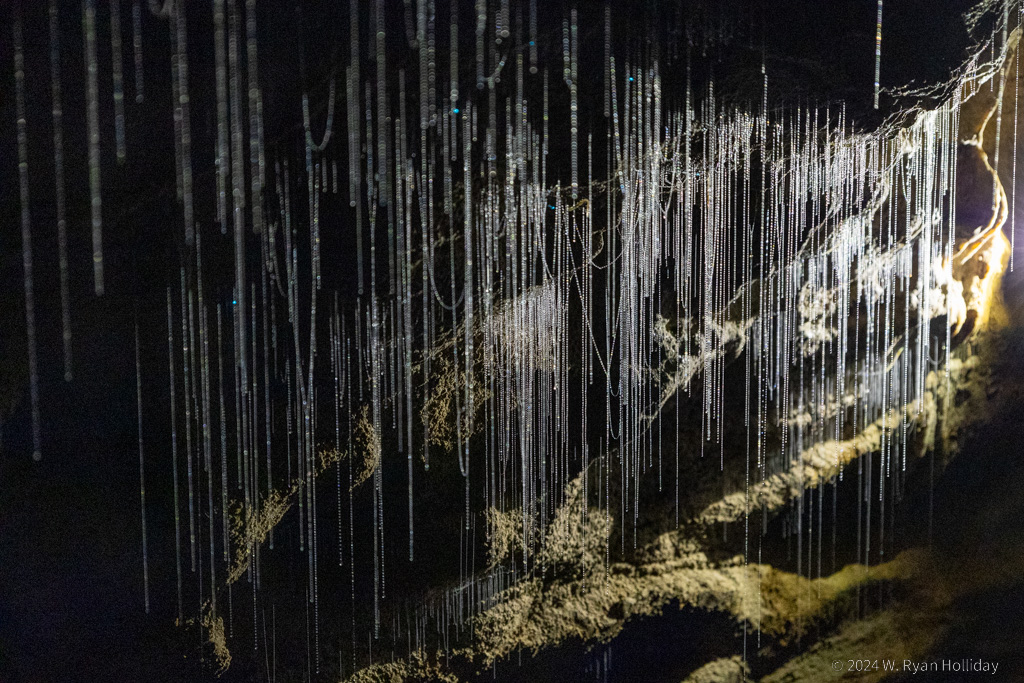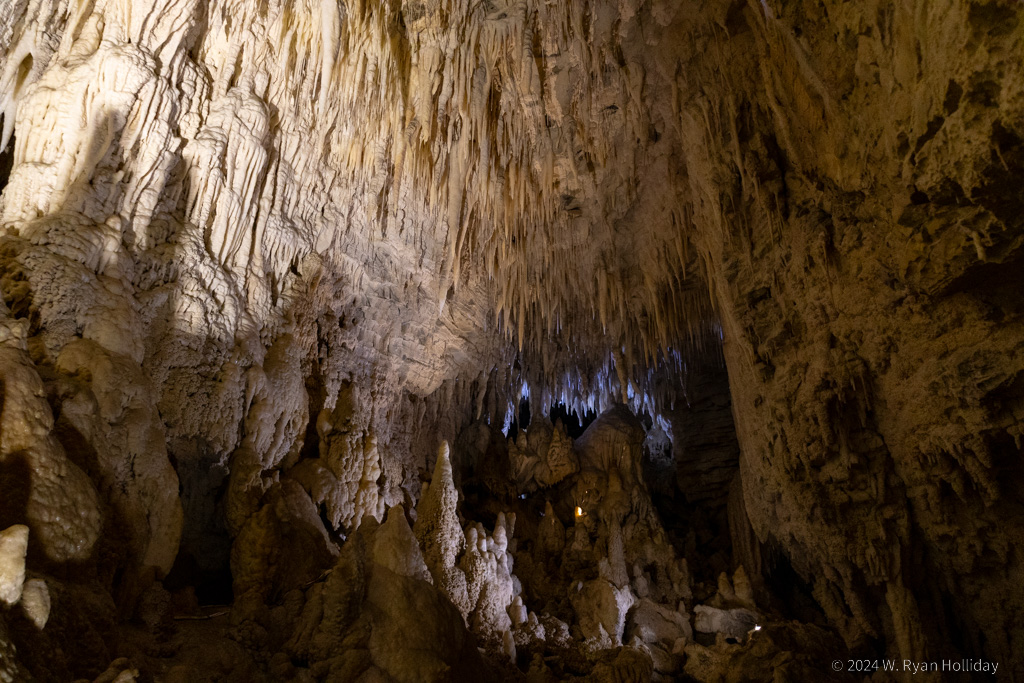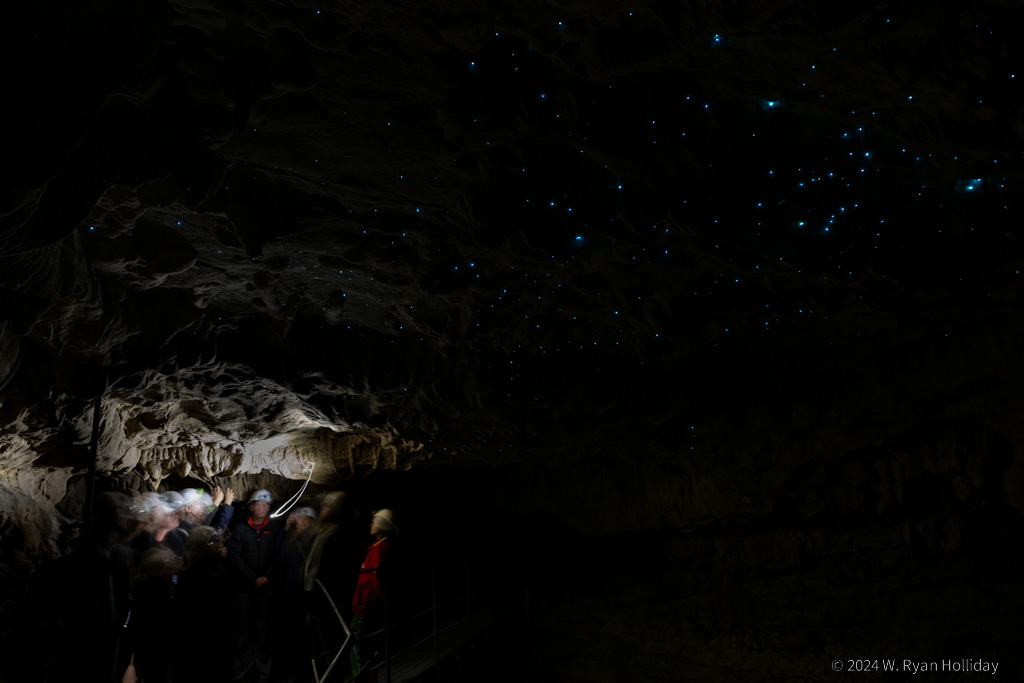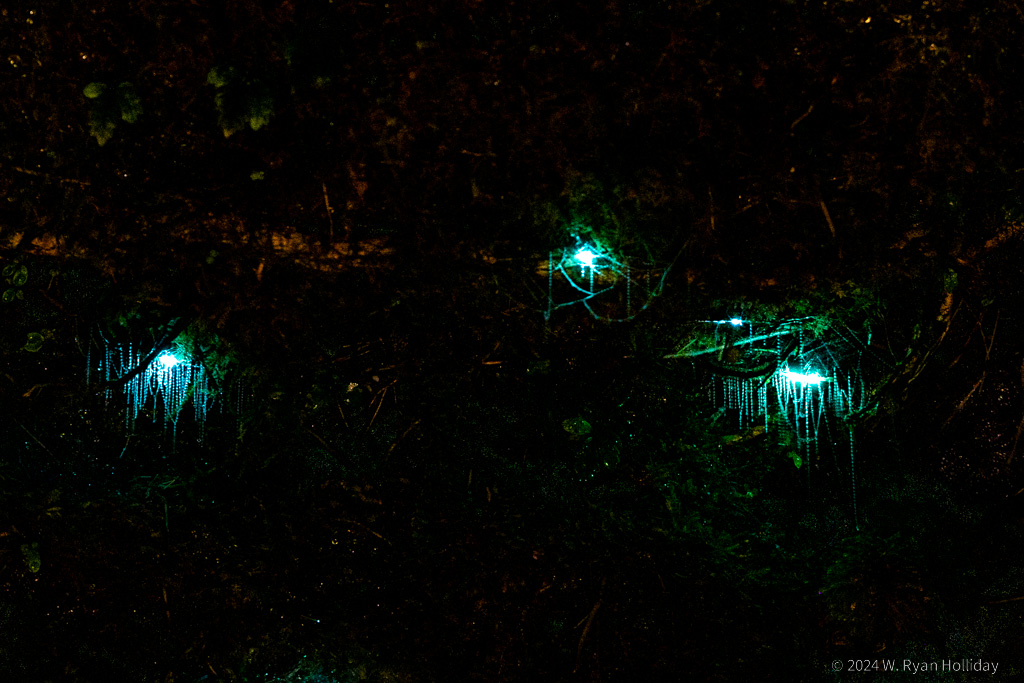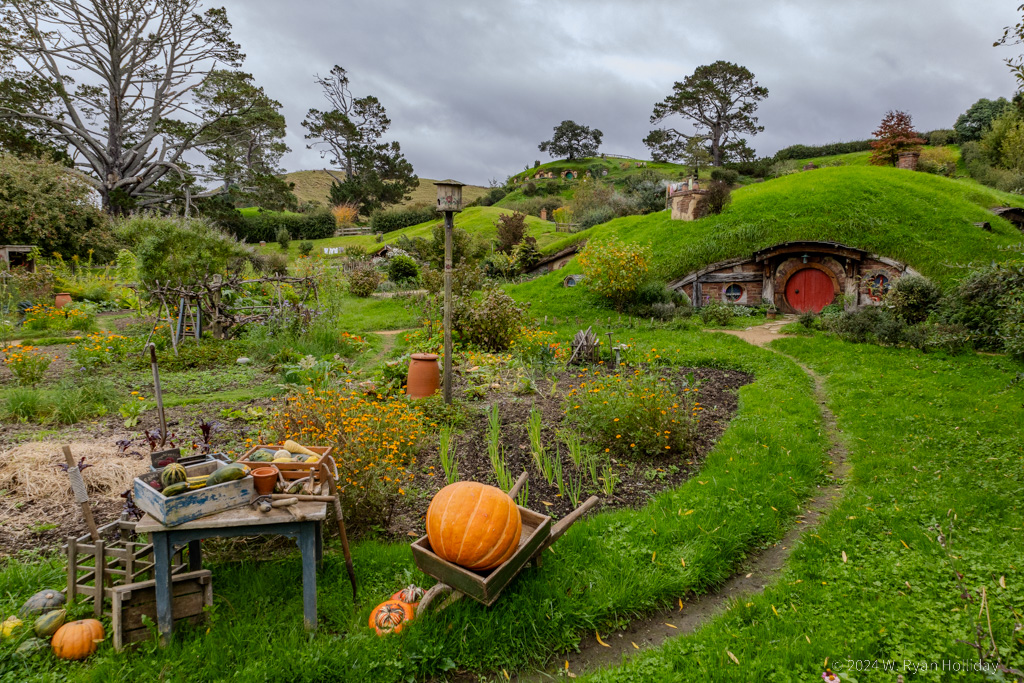I usually dive in warm places, last month’s dive in Milford Sound being the rare exception. I got certified long ago in Malaysia, and Audrey and I have done trips to Mexico, Hawaii, Bonaire, etc; we live in California, but I’ve never dived there since the water is cold. However, I may never return to New Zealand, and the Poor Knights Islands are supposed to be an amazing dive spot, so today I donned a 7mm wetsuit, a hood, booties, and all manner of other gear that didn’t really keep me very warm, and jumped into one of the world’s premier dive destinations. The water was clear, the kelp was vibrant, and the fish had no fear whatsoever of the humans shivering in their domain.
We didn’t encounter any of the massive schools of fish that the islands are apparently famous for, but as my first time diving in kelp it was nevertheless a good day. Despite not seeing huge schools, we did see a lot of fish, most of which were new to me. The terrain is that of an ancient volcanic caldera, including caves and tunnels that made for a neat topography. Above water we visited a sea cave that is apparently the largest by volume in the world, and the dive boat drove into it with room for probably ten more boats to fit.
The day’s first dive was on the sunny side of the island, and I came out of the water thinking that the cold wasn’t actually that bad, but the second dive was in the shade of a tall cliff, and I came out of the water from that dive thinking that if I ever dive in chilly waters again, my new dry suit certification might come in handy. We motored back under sunny skies, and after a night with the electric blanket cranked to its highest setting I’ll be heading out with them again tomorrow to see what other surprises these islands might be hiding.
After returning to my accommodation for the evening I ran into the older lady who runs it, and she is a bit of a character. When I mentioned that the diving left me so cold that I couldn’t feel my insides, she immediately said “Right then, go take a shower. Or do you need a bath? I’ll let you use my bath in that other room, but don’t go using any of my nice smelly stuff.” I thanked her for the kind offer, but said a shower would do the trick, although had she sweetened the deal by giving me access to the smelly stuff I might still be in that bath now.
